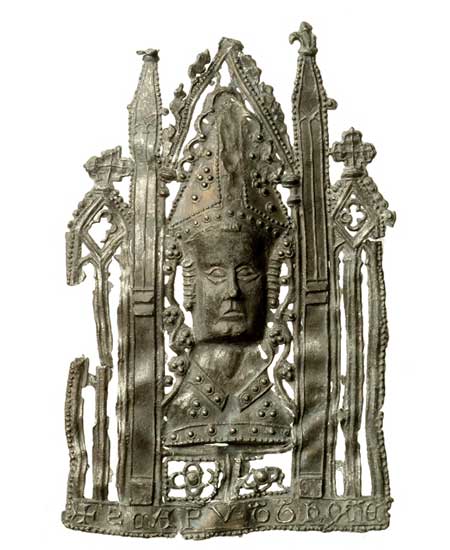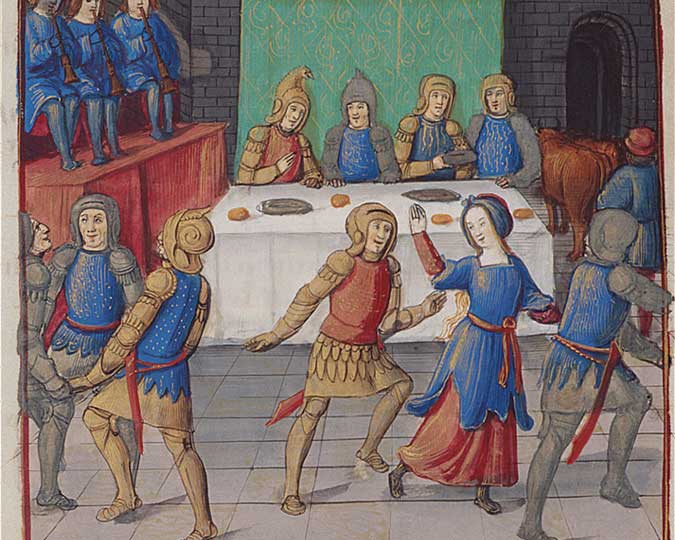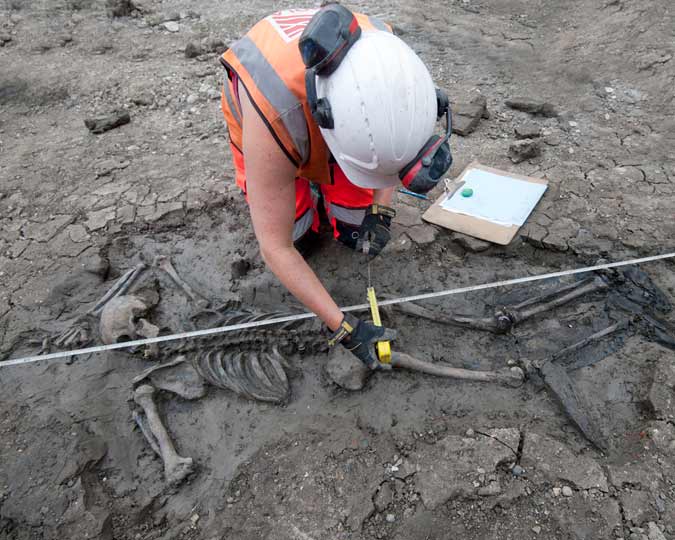Medieval London
410-1558
The gallery is open during the museum's normal hours:
The gallery is on the entrance floor and can be accessed by lift.

From his birth off Cheapside in 1120 to his dramatic death at the hands of King Henry II's knights fifty years later, Thomas Becket's life was an extraordinary one, deeply intertwined with London's story.
Find out more

Curator Meriel Jeater reveals the ways that medieval Londoners celebrated Christmas, some ancestors of current traditions, others very definitely not.
Find out more

Who was the mystery medieval Londoner and how did he die in the river Thames?
Read the story